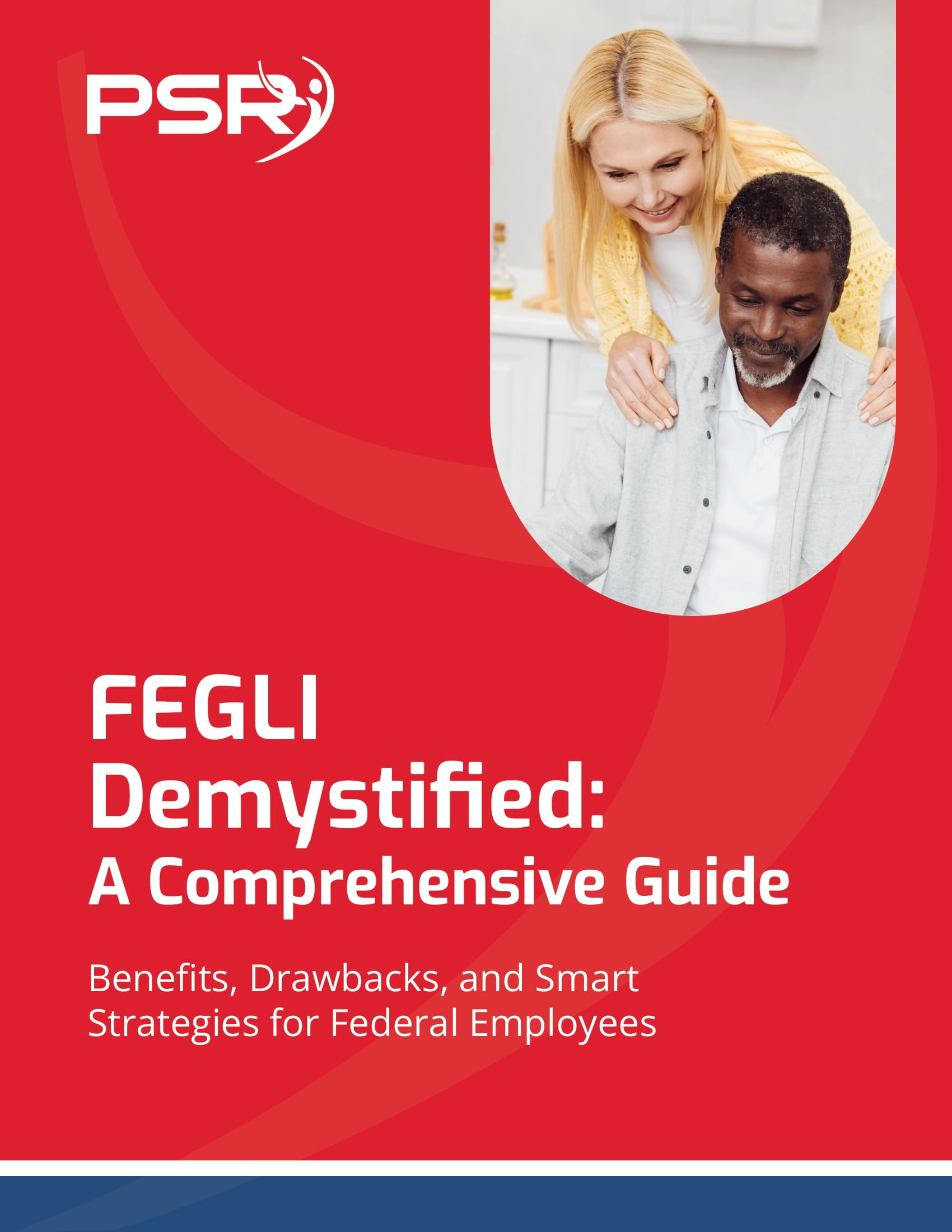Key Takeaways
-
Many federal retirees are rethinking their Medicare choices in 2025 due to higher costs, new program requirements, and changing coordination with FEHB and PSHB plans.
-
Understanding enrollment periods, penalties, and how Medicare now interacts with federal health benefits is crucial to avoid future surprises and unexpected expenses.
Why Your - Also Read: The Best FEHB Plans for 2025: Which One Fits Your Lifestyle and Budget the Best?
- Also Read: Special Retirement Options for FAA and LEO Employees: Are You Taking Advantage of What’s Available?
- Also Read: Federal Employee Benefits You Didn’t Know Could Give Your Wallet a Serious Boost in Retirement
Medicare Decision Is No Longer “Set and Forget”
In 2025, more federal retirees are realizing that their initial Medicare choices need ongoing review. Even if you thought you “locked in” your coverage at 65, the landscape keeps changing. Rising Medicare Part B premiums, new requirements under the Postal Service Health Benefits (PSHB) program, and adjustments in FEHB plan offerings have made it necessary to revisit your decisions.
Health care is not static. Your needs, your plan options, and Medicare itself evolve. As a retired government employee, you have valuable health benefits, but you must actively manage them.
How the FEHB and PSHB Shifts Are Changing Medicare Coordination
If you retired before 2025, you stayed under the Federal Employees Health Benefits (FEHB) program. If you are a retired postal worker, you transitioned to the Postal Service Health Benefits (PSHB) program starting January 1, 2025.
Both FEHB and PSHB offer excellent coverage, but PSHB requires Medicare Part B enrollment for most retirees to maintain full benefits. Failure to enroll can lead to:
-
Loss of reduced cost-sharing benefits
-
Higher out-of-pocket costs
-
Limited access to certain services
Even if you are under FEHB and not PSHB, some FEHB plans now offer enhanced benefits for retirees enrolled in Medicare Part B—making it financially advantageous to reconsider your previous decision to decline Part B.
Medicare Costs Are Rising in 2025—Again
In 2025, the standard Medicare Part B premium is $185 per month. The Part B deductible has increased to $257. Part A remains premium-free for most retirees, but hospital deductibles and coinsurance rates have also climbed.
Prescription drug costs are a major concern. Medicare Part D plans now feature a $2,000 annual out-of-pocket cap—a major relief compared to previous years—but premiums and deductibles are still shifting. The average Part D deductible in 2025 is $590.
If you thought Medicare costs would stay stable after retirement, it is crucial to reframe that expectation. These numbers will continue to move every year.
Enrollment Periods Still Matter More Than You Think
Many retirees assume that once they decline Part B at age 65, the decision is permanent. This is not true. You can enroll later—but doing so incorrectly or late can trigger lifelong late enrollment penalties.
Key enrollment periods include:
-
Initial Enrollment Period (IEP): Begins 3 months before your 65th birthday and ends 3 months after.
-
General Enrollment Period (GEP): Runs from January 1 to March 31 each year if you missed your IEP. Coverage starts July 1, and penalties may apply.
-
Special Enrollment Periods (SEP): If you had other creditable coverage (like FEHB) and lose it, you can enroll penalty-free.
Understanding when and how you can enroll protects you from late fees and coverage gaps.
FEHB and PSHB Plans Are Adding Incentives for Medicare Enrollment
In 2025, more FEHB and PSHB plans have introduced incentives for retirees who enroll in Medicare Part B. These incentives can include:
-
Lower FEHB/PSHB premiums
-
Waived deductibles and coinsurance
-
Reimbursement of some or all of your Part B premium
-
Enhanced access to in-network providers
Not all plans offer these benefits, and the details vary. You must review your specific plan’s brochure every Open Season (November to December) to catch updates.
Choosing to skip Part B can now mean missing out on significant financial and coverage benefits.
Why Reconsidering Part B at 70 (or Beyond) Is on the Rise
More retirees are deciding to enroll in Medicare Part B years after initially declining it. Here’s why this trend is growing in 2025:
-
FEHB or PSHB plans now offer better coordination with Medicare.
-
Retirees are experiencing higher out-of-pocket costs without Part B.
-
Health care needs are increasing with age, making additional coverage valuable.
If you still have FEHB or PSHB, you can usually enroll during a Special Enrollment Period without penalty if you maintained continuous coverage. If not, you may have to use the General Enrollment Period and pay a penalty.
Penalties Are a Real and Costly Risk
Skipping Medicare Part B when first eligible without having other creditable coverage results in a 10% premium increase for each full 12-month period you delayed enrollment.
For example, if you delay 3 years, your Part B premium would be permanently 30% higher. In 2025, that means instead of paying $185 per month, you could pay $240.50 monthly—forever.
Understanding these rules and timing your enrollment strategically can prevent unnecessary penalties.
Health Needs Change—So Should Your Medicare Strategy
Your health care needs in your early 60s will likely look very different in your late 70s or 80s. Many retirees in 2025 are re-evaluating their Medicare choices because:
-
They need more frequent specialist visits.
-
Prescription drug needs have increased.
-
Hospitalizations have become more likely.
Relying solely on FEHB or PSHB without Medicare Part B can leave you exposed to high deductibles, copayments, and coinsurance.
Adding or coordinating Medicare can close these gaps and provide much-needed financial protection.
Costs Under FEHB or PSHB Without Medicare Part B in 2025
If you are relying only on FEHB or PSHB without enrolling in Medicare Part B, you may face:
-
Higher copayments ($20-$60 per visit)
-
Significant hospital admission costs
-
Full specialist visit charges until your plan deductible is met
With Medicare Part B, your share of these costs may be dramatically reduced, especially under PSHB plans that integrate Medicare benefits more aggressively in 2025.
Reviewing Your Coverage During Open Season Is Non-Negotiable
Every year, the Open Season from November to December gives you a critical opportunity to:
-
Change your FEHB or PSHB plan
-
Assess how your plan coordinates with Medicare
-
Compare incentives for enrolling in Medicare Part B
Failing to review your options each year can result in thousands of dollars in unnecessary costs over time.
New Special Enrollment Period Opportunities in 2025
The Centers for Medicare & Medicaid Services (CMS) introduced more flexible Special Enrollment Periods starting in 2023, and these rules remain active in 2025. If you experience events like losing other coverage or experiencing a major life change, you may qualify for:
-
Immediate Medicare enrollment
-
Waived penalties
-
Tailored advice on plan changes
Staying aware of these opportunities ensures you can adjust your Medicare coverage without harsh consequences.
Why Seeking Professional Help Makes a Difference
Medicare, FEHB, and PSHB are complex, and the wrong move can cost you heavily. Consulting with a licensed professional listed on this website ensures you:
-
Understand your enrollment options
-
Avoid costly mistakes
-
Select the best coordination strategy for your specific situation
You deserve to retire with confidence in your health coverage—not confusion or regret.
Final Thoughts on Revisiting Your Medicare Strategy
Medicare decisions are not “one and done” — they require careful, ongoing management. The changes in costs, plan structures, and integration with FEHB and PSHB in 2025 make it more important than ever to revisit your Medicare enrollment and coverage strategy.
If you have doubts or questions about whether you should reconsider your Medicare options, now is the right time to take action. Get in touch with a licensed professional listed on this website to discuss your situation and secure the coverage you deserve.













